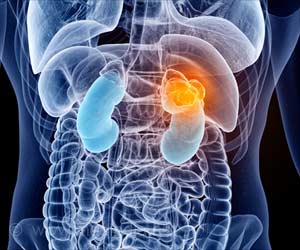Scientists at the London Centre for Nanotechnology (LCN) at UCL are using a new nanomechanical approach to study the mechanism whereby an antibiotic called vancomycin can effectively
A new nanomechanical approach to study the mechanism whereby an antibiotic called vancomycin can effectively combat increasingly resistant infections, such as MRSA is being examined by scientists at the London Centre for Nanotechnology (LCN) at UCL.
Research leaders Dr Rachel McKendry and Professor Gabriel Aeppli have revealed that they have developed ultra-sensitive probes that can help increase the understanding of how antibiotics work.They say that the new technology can pave the way for the development of more effective new drugs.
Making use of cantilever arrays, tiny levers no wider than a human hair, the researchers analysed the process, which ordinarily takes place in the body when vancomycin binds itself to the surface of the bacteria.
After coating the cantilever array with mucopeptides from bacterial cell walls, the researchers found that on attaching, the antibiotic triggers a surface stress on the bacteria.
The resultant surface stress can easily be detected by a tiny bending of the levers.
According to the researchers, the stress is what contributes to the disruption of the cell walls and the breakdown of the bacteria.
Advertisement
The 'superbugs' are resistant to antibiotics because of a simple mutation, which deletes a single hydrogen bond from the structure of their cell walls.
Advertisement
"There has been an alarming growth in antibiotic-resistant hospital 'superbugs' such as MRSA and vancomycin-resistant Enterococci (VRE). This is a major global health problem and is driving the development of new technologies to investigate antibiotics and how they work," Nature magazine quoted McKendry as saying.
She added, "The cell wall of these bugs is weakened by the antibiotic, ultimately eliminating the bacteria. Our research on cantilever sensors suggests that the cell wall is disrupted by a combination of local antibiotic-mucopeptide binding and the spatial mechanical connectivity of these events. Investigating both these binding and mechanical influences on the cells' structure could lead to the development of more powerful and effective antibiotics in future."
"This work at the LCN demonstrates the effectiveness of silicon-based cantilevers for drug screening applications," added Professor Gabriel Aeppli, Director of the LCN.
The study is published in the latest edition of Nature Nanotechnology journal.
Source-ANI
RAS










